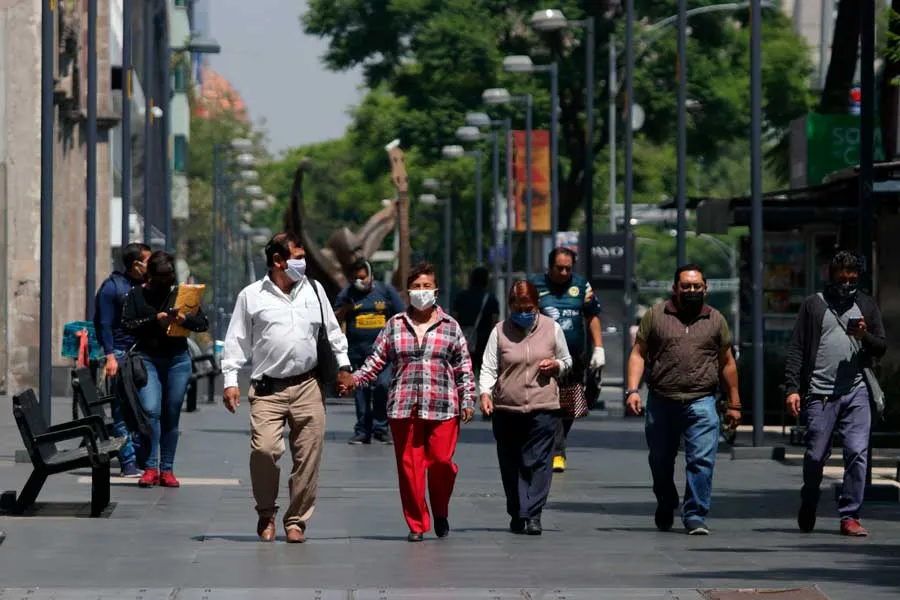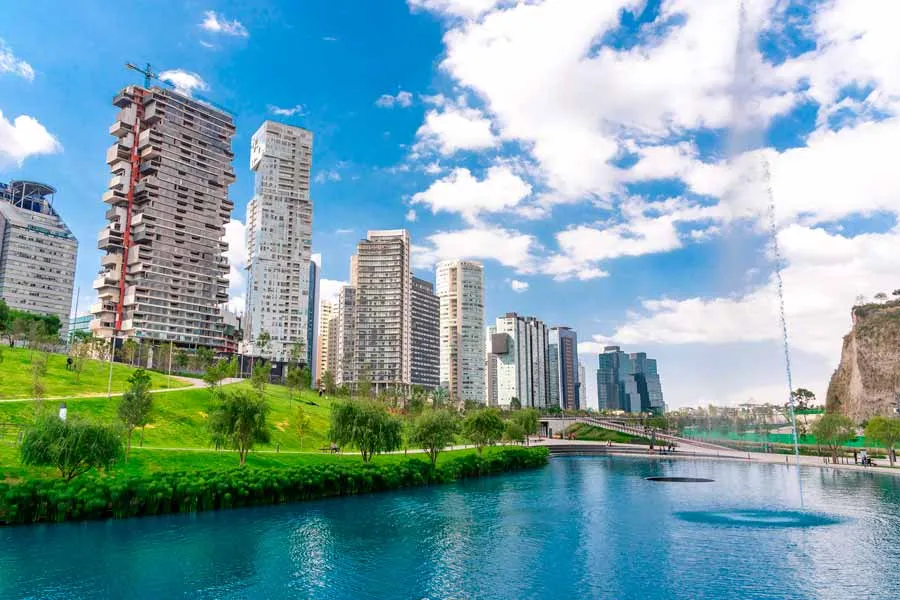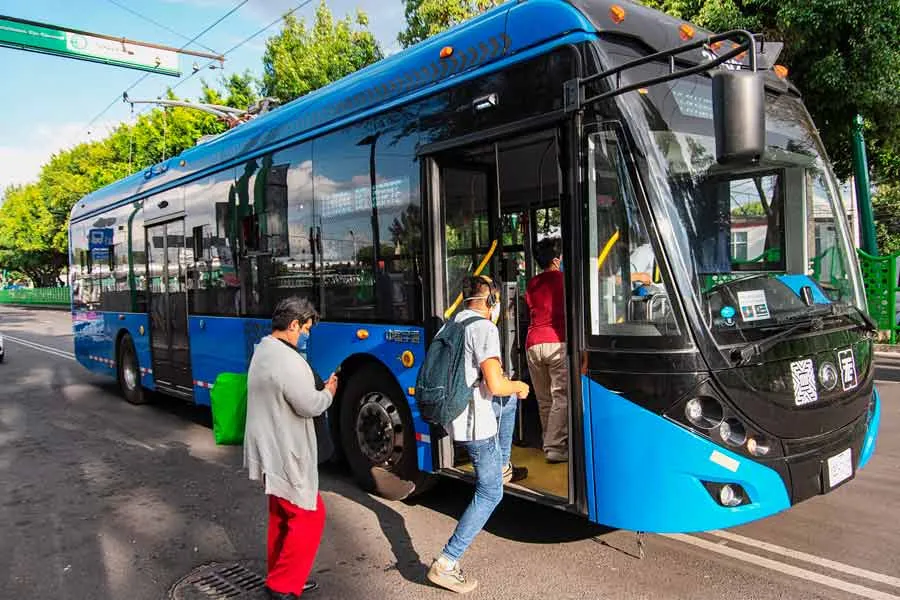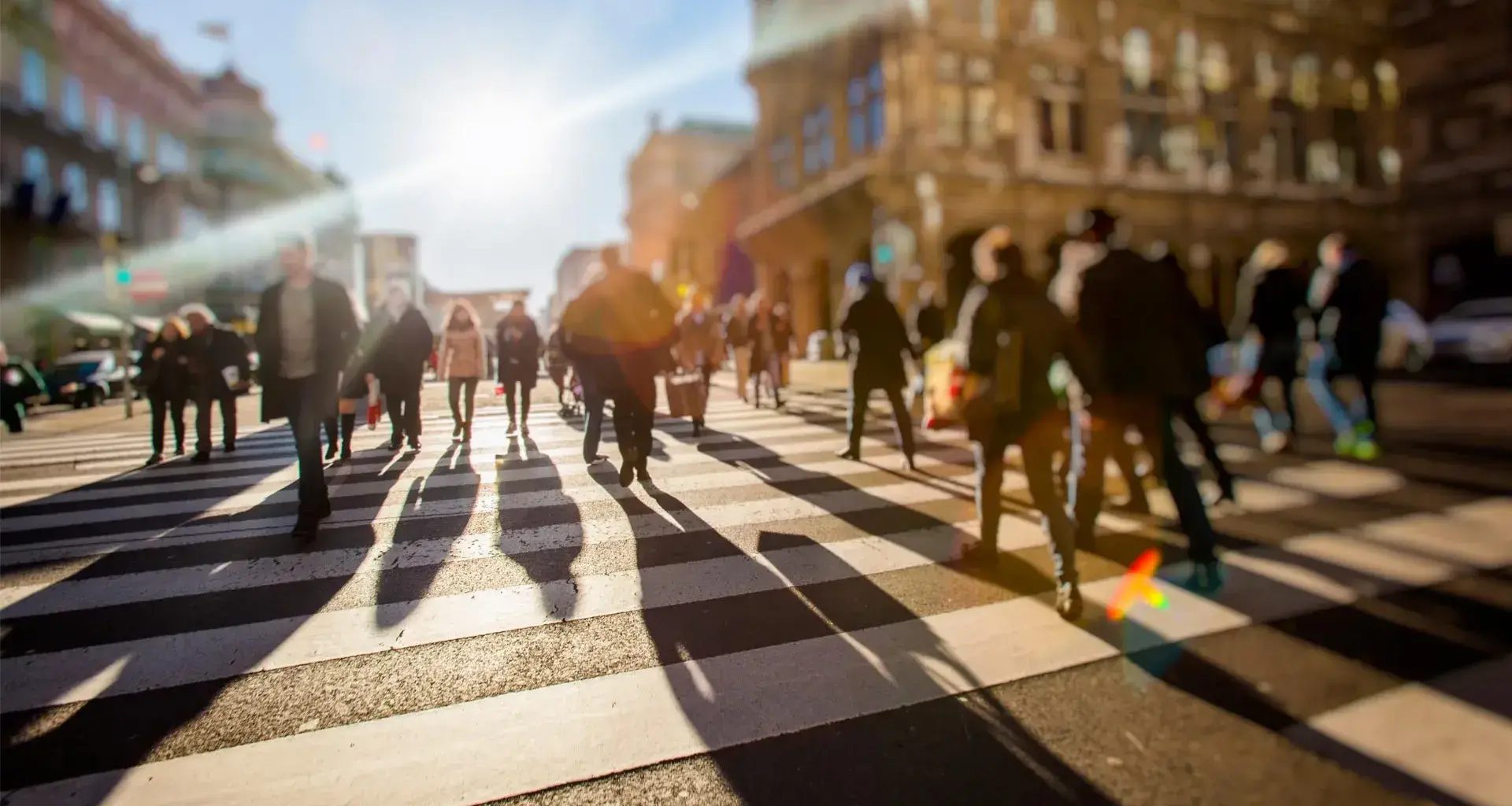Through its School of Architecture, Art and Design ( EAAD), Tecnológico de Monterrey has created the Observatory of Cities in order to influence the planning and decision-making that contribute to improving people’s quality of urban life.
“We believe that the Observatory should be a space to offer current and useful information to analyze, measure, and evaluate Mexican cities,” said Alfredo Hidalgo, Dean of Research and Extension at EAAD.
“We have set ourselves the main objectives of generating and transferring knowledge and influencing decision-making. We’ll be generating evidence that will be reported periodically in order to shape public opinion based on data and influence the public agenda,” he added.
This platform analyzes and compares different cities, including existing databases and generating its own information, to understand the conditions that determine an area’s quality of urban life.
The observatory has defined three strategic approaches for this project: 15-minute cities; healthy cities; and supply chains.

How proximity helps build the best cities to live in
The first study from the Observatory of Cities focuses on the idea of proximity and the concept of 15-minute cities.
“A 15-minute city is one where all activities are within 15 minutes -on foot, by bicycle, or public transport- from where you live to your work, to the supermarket, or to take your children to school,” explained Rossana Valdivia, executive coordinator of the observatory.
“A space like the observatory can tell you which areas of the city have basic amenities more than 15 minutes away. Then, you can tell a government where to invest to make improvements to this end,” she added.
“A 15-minute city is one where all your activities are within 15 minutes of where you live.”
The dean said that this was the first of the strategic approaches addressed by the Tec’s Observatory of Cities through a study carried out during the pandemic in 13 Mexican cities, including Mexico City (CDMX), Guadalajara, Querétaro, and Monterrey.
“Through an algorithm that recognizes the urban structure, we identified the average distance between someone’s home to basic services. A proximity index makes it possible to evaluate the diversity of land use in a city.
“(In the study) we marked out different colored hexagons throughout the city, thus identifying the areas that don’t have that 15-minute coverage. It’s in these spaces that governments could make investments in infrastructure,” explained Hidalgo.
Valdivia added that the development of 15-minute cities can improve people’s quality of life, since they spend more time with their families or on meaningful activities. What’s more, staying in one area means they don’t affect the environment as much.

Achieving full development in healthy cities
The executive coordinator of the Observatory of Cities points out that a healthy city is one where people can spend their entire life cycle in the environment they live in, as these are friendlier cities that enable the full development of their inhabitants.
“These cities are suitable for people to perform their daily activities, such as going to school, work, a laundry, or a bank, but also full development,” said Valdivia.
“Healthy cities allow people to walk. They have safe and adequate sidewalks, a good distribution of parks, schools, jobs, and health centers, and air quality is better because they promote non-motorized mobility,” she added.
“You have to ensure that there is a mixture of land use, with places to satisfy your needs and spaces for employment.”
According to the coordinator, these cities have all the infrastructure that allows people to satisfy all their needs and achieve well-being, such as parks, sidewalks, markets, bicycle lanes, and sports and cultural spaces.
“This has a lot to do with planning. For example, when you make an area all residential, it’s very difficult to have a market, a sports center, or even a theater there.
“From the time (a city) is planned, we have to ensure that there is a mixture of services, with places to satisfy your needs and spaces for employment, so that you can also work there,” explained Rossana.
Through this approach, the observatory can provide information to governments and decision-makers to create cities where people can access those spaces.

Meeting needs through supply chains
The Observatory of Cities has also focused on studying supply chains that help meet the needs of people in cities.
The coordinator pointed out that some of these chains were affected by border closures during the pandemic, mainly those that bring supplies from abroad, so cities had to seek local resources.
She points out that one option is to map the inputs and outputs of these chains in the cities, which represent the supply of food, clothing, products, and services.
“For example, the most basic thing is food. You can’t separate where food is produced from how it reaches people, so we’re starting to look more at how we return to making the chains shorter and depending on local producers.
“So, we’re much more aware of where our food comes from. For example, you’re going to care more about whether the water used for irrigation is polluted or not. It’s about understanding where everything we need comes from in order to be able to run a city day by day,” she says.
She adds that studying supply chains makes it possible to recognize the areas around a city, such as agricultural or industrial zones.
“(It’s about locating) the inputs and outputs, the main routes for distribution centers, and the universities that can enhance innovation and technology. It’s about enhancing local services. There are many things that can be done,” said Valdivia.
“We believe that the observatory should be a space to offer current and useful information to analyze, measure and evaluate Mexican cities.”
The Observatory of Cities has the support of the FEMSA Foundation. It carries out its work through the collaboration of professors and researchers from the EAAD and C-LAB, a platform for the improvement of cities, as well as urban planners working in partnership with governments and civil organizations.
“We believe that the research and work of our academics, together with like-minded partner organizations and public and private sectors, can provide information for better decision-making,” said Roberto Iñiguez, national dean of the EAAD.
Within its vision for 2030, Tecnológico de Monterrey aims to be a catalyst for the transformation of cities, positively impacting communities and improving the lives of their inhabitants.
Click here to find out about the Observatory of Cities.
ALSO READ:





